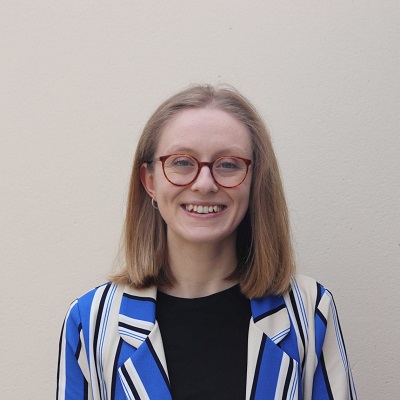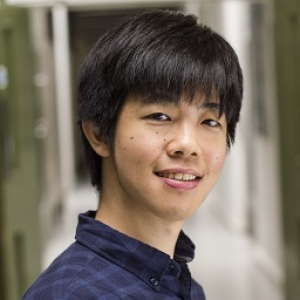Novel Displays for Future Vision Science
Novel Displays for Future Vision Science
Hosted By: Applications of Visual Science Technical Group
28 September 2021 11:00 - 12:00
Eastern Time (US & Canada) (UTC -05:00)Experiments in vision science typically use display technologies such as CRTs or LCDs to present stimuli to observers. With careful calibration, these stimuli can be presented very precisely in order to test specific processes in the visual system. Their limitations come from their characteristics including dynamic range, gamut, and resolution. Conventionally, stereoscopic displays are used for vision experiments involving in 3D perception. However, they not only inherit the issues of 2D displays but also restrict the range of vision experiments, which can be done for interactive and immersive cases. These limitations place constraints on the properties of stimuli that are presented on standard displays.
Over recent years a number of new technologies have been developed that extend the capabilities of displays to be more realistic and more immersive. This joint webinar between the Applications of Visual Science and Display Technology Technical Groups, will present three novel display technologies. These will include a high dynamic range, multi-primary display for extending the output range to more faithfully represent the real world, a volumetric display for 3D object presentation and an immersive light-field display for placing the observer in a 3D scene. Talks will give an introduction to how each technology works, what their capabilities are and consider how they might be used in vision science research.
Subject Matter Level: Intermediate - Assumes basic knowledge of the topic
What You Will Learn:
- The principles of operation and the capabilities of multi-primary HDR, volumetric displays, and 360 degree light-field displays
Who Should Attend:
- Vision scientists, particularly those who are interested in new ways or displaying stimuli that go beyond current, readily accessible technologies
- Developers of new display technologies, particularly those who are interested in their applications in vision science research
About the Presenters:
 Allie C. Hexley, University of Oxford
Allie C. Hexley, University of Oxford
Allie C. Hexley is currently completing her D.Phil. in Experimental Psychology at the University of Oxford, UK, supported by a Marie Skłodowska-Curie Innovative Training Network Fellowship as part of the RealVision consortium, under the European Union’s Horizon 2020 research and innovation program. She received her B.Sc. in Physics and Brain & Cognitive Sciences from MIT in 2017 and has combined her interests in physics and neuroscience in her current work on visual perception. Her work follows a multi-disciplinary approach, integrating methodology in psychophysics, genetics, retinal imaging, and simulation alongside the development of new display technologies and metrics, to enable novel investigations of human vision.
 Ryuji Hirayama, University College London
Ryuji Hirayama, University College London
Ryuji Hirayama completed a PhD at Chiba University in Japan followed by postdoctoral research at the University of Sussex, before joining University College London as a research fellow. Ryuji’s research interests include the development of novel 3D interfaces such as free-space volumetric displays and holography. Ryuji’s more recent research has been in the development of a realistic multimodal volumetric display using phased array transducers. By using ultrasound to directly control matter in the real world, animated visual, auditory and haptic content can be created. This work was published in Nature in 2018 and received international media interest, likening it to a ‘Star Wars-style projection’ based on its ability to create 3D images that hover in mid-air.
 Ali Özgür Yöntem, University of Cambridge
Ali Özgür Yöntem, University of Cambridge
Ali Özgür Yöntem received his BSc and PhD degrees in Electrical and Electronics Engineering from Bilkent University, Turkey. Currently, he is a Senior Research Associate in Displays with the Department of Computer Science and Technology, University of Cambridge. His current research focus is on True 3D displays, novel 3D light field acquisition and display, and high dynamic range displays. Previously, he was a Research Associate with the Engineering Department, Electrical Engineering Division, developing augmented reality head-up displays with Jaguar Land Rover. His research interests include digital holography, diffractive optics, 3D light-field/integral imaging, with application areas in immersive (3D displays) technologies. He is currently the chair of the OSA Display Technology Technical Group. He is a Senior Member of IEEE.
